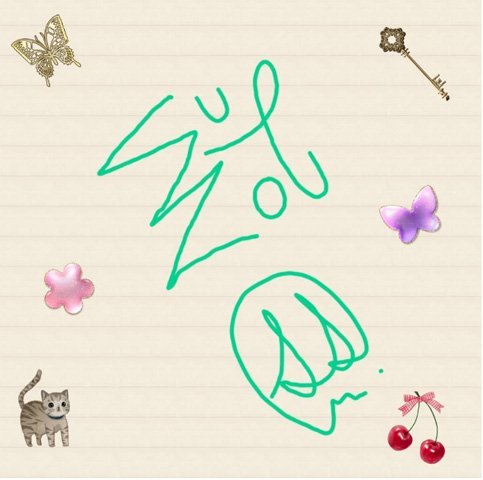ENGLISH CONTENT
Hello to all the members of this community! One of my great hobbies is crafts and among them are clothing remodeling. Since I know how to sew, I really like to take advantage of the old clothes that I have or that I manage to buy at a garage sale, in order to return them to my style. Clothes renovations are also perfect for when our favorite clothes have some damage, either due to stains or due to the action of insects such as moths. In this post, I will show you one of my methods to hide stains that are impossible to wash off and thus continue wearing our favorite piece of clothing, without problems.

This pants that we will use as an example, my sister gave it to me, I like it a lot so when she gave it to me, I was very happy. The problem with it is that it has some permanent stains that my sister accidentally made when she was working with fiberglass. These spots make it look like the fabric is wet, but never dry ha ha They are very small, but in such a light color, they are visible.
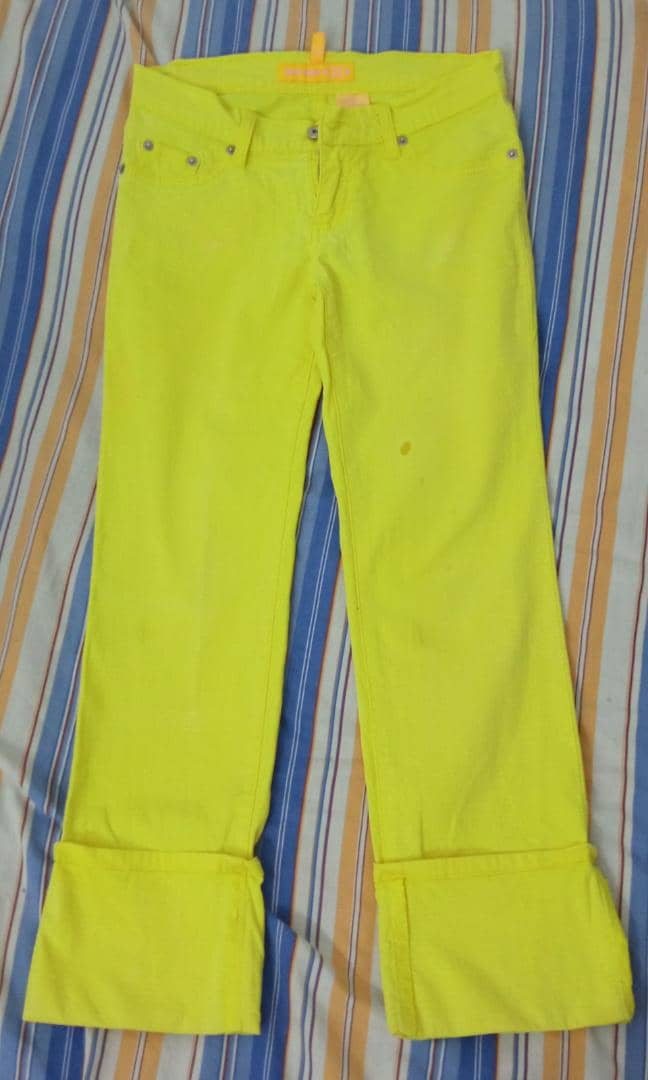
When I went to a bazaar recently, I came across some lovely heat sconces and thought, they would be perfect for covering up trouser stains. It also had some pretty cute embroideries, so I thought I'd take advantage of them in the same way along with the ones I had bought.
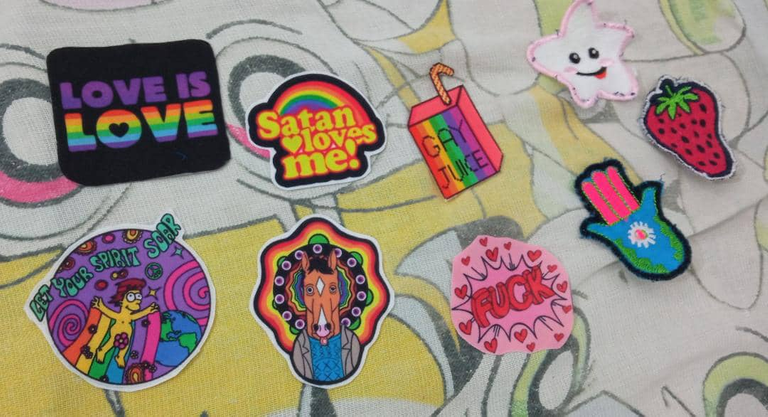
These heat appliques are glued using the iron. According to what the seller told me, I had to place a white sheet between the wall light and the iron.
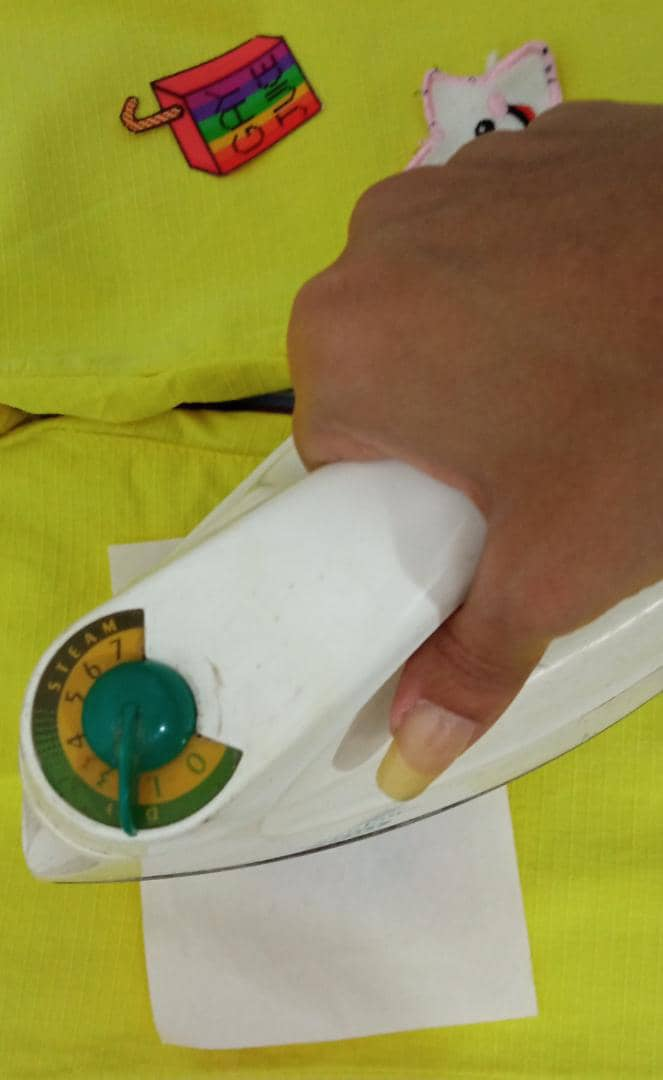
I must confess that the action of the glue was immediate. Since the pants are made of a somewhat rigid fabric, I am thinking of making them a reinforcement seam, but if the fabric you plan to use contains more cotton, I don't think you will have a problem with this type of appliqué. If you are more daring, you can make the applications yourself with pieces of fabric, sewn on a POP fabric base. It's something I used to do when I worked in a sewing shop.
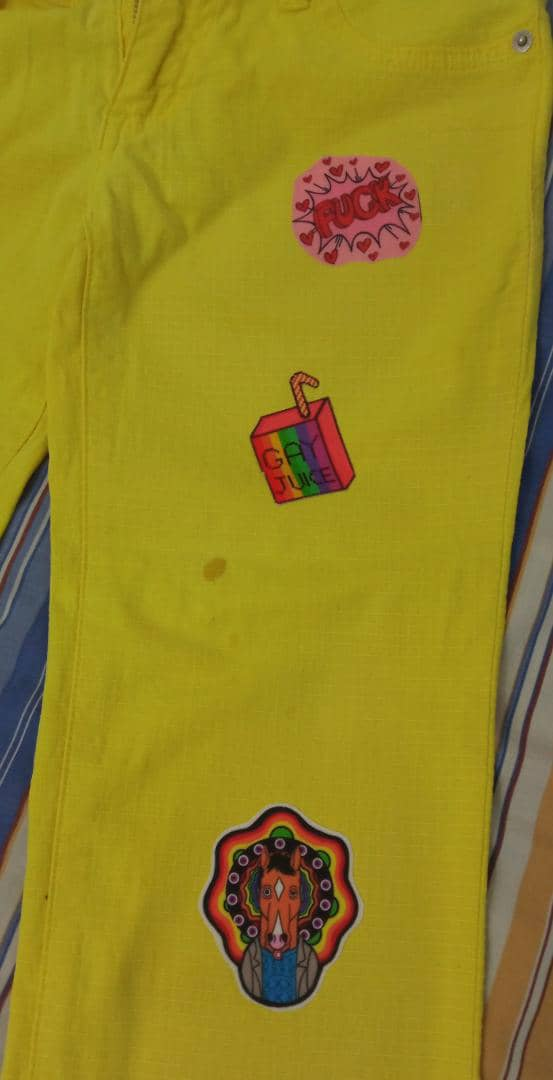
For the embroideries, I usually sew them around using a zig zag stitch, but since I don't have my sewing machine available, I proceeded to do a few stitches by hand.

In the same way, if you like to sew by hand, you can proceed to embroider in the area of the stains until they are completely covered. You can also use beads and even fabric paint to make more complicated figures. The possibilities are endless! So, when a piece of clothing is "damaged", first think about the possibility of taking advantage of that damage to achieve something more original. I am sure that you will end up liking it and you will customize your clothes, without the need for them to be damaged.
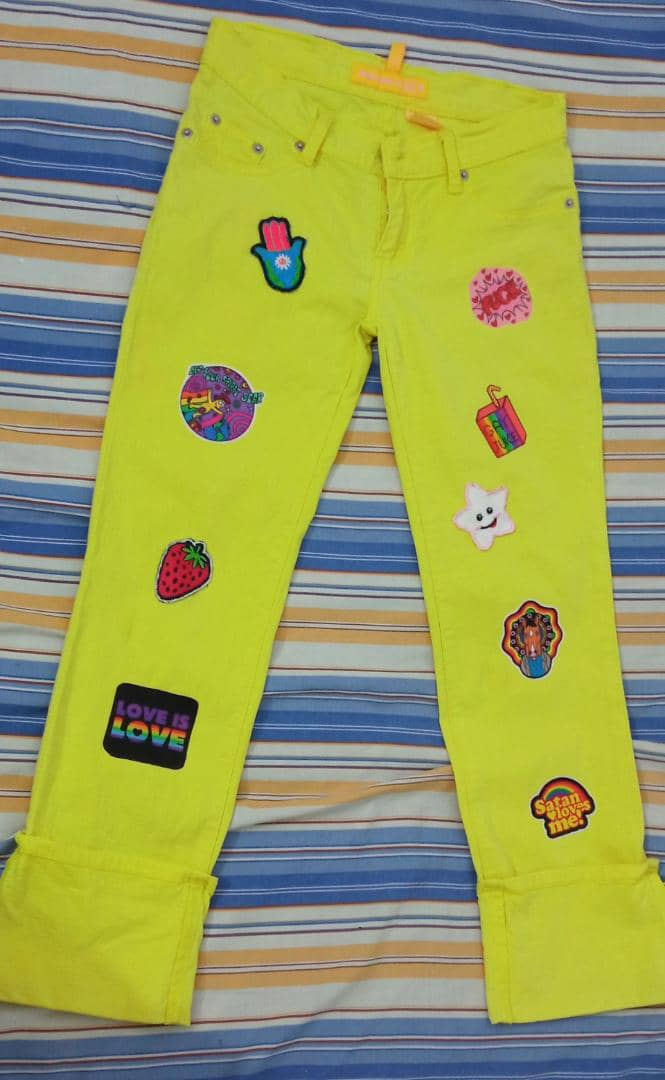
Thank you very much for visiting my publication. I hope you found it interesting.
Until a next opportunity!

CONTENIDO EN ESPAÑOL
¡Hola a todos los integrantes de ésta comunidad! Una de mis grandes aficiones, son las manualidades y dentro de ellas, se encuentran las remodelaciones de ropa. Como sé coser, me gusta mucho aprovechar la ropa vieja que tengo o que logro comprar en una venta de garaje, con el propósito de volverlas a mi estilo. Las remodelaciones de ropa también son perfectas para cuando nuestras prendas favoritas, presentan algún daño, ya sea por manchas o por acción de los insectos como las polillas. En éste post, les mostraré uno de mis métodos para ocultar manchas que son imposibles de quitar con lavado y así, continuar usando nuestra pieza de ropa predilecta, sin problemas.

Éste pantalón que usaremos como ejemplo, me lo regaló mi hermana, me gusta mucho así que cuando me lo dio, me alegré bastante. El problema con él, es que tiene unas manchas permanentes que mi hermana le hizo por accidente cuando trabajaba con fibra de vidrio. Estas manchas, hacen que parezca que la tela estuviera mojada, pero sin secarse nunca ja ja Son muy pequeñas, pero en un color tan claro, son visibles.

Cuando fui a un bazar hace poco, me encontré con unos encantadores apliques de calor y pensé, que serían perfectos para cubrir las manchas del pantalón. También tenía unos bordados bastante lindos, así que pensé en aprovecharlos de igual forma junto a los que había comprado.

Estos apliques de calor se pegan utilizando la plancha. Según me dijo el vendedor, tenía que colocar una hoja blanca entre el aplique y la plancha.

Debo confesar que la acción del pegamento fue inmediato. Como el pantalón es de tela un tanto rígida, tengo pensado hacerle una costura de refuerzo, pero si la tela que piensan usar, contiene más algodón, no creo que tengan problema con éste tipo de aplicaciones. Si son más arriesgados, pueden realizar ustedes mismo las aplicaciones con trozos de tela, cosidos sobre una base de tela POP. Es algo que solía hacer cuando trabajaba en un taller de costura.

Para los bordados, suelo coserlos alrededor usando una costura en zig zag, pero dado que no tengo mi máquina de coser a disposición, procedí a hacerle unas puntadas a mano.

Del mismo modo, si te gusta coser a mano, puedes proceder a hacer bordados en la zona de las manchas hasta cubrirlos por completo. También puedes usar mostacillas y hasta pintura de tela para elaborar figuras más complicadas ¡La posibilidades son infinitas! Así que, cuando alguna prenda de ropa, se te "dañe", primero piensa en la posibilidad de aprovechar ese desperfecto para lograr algo más original. Estoy segura de que acabarás agarrándole el gusto y customizaras tu ropa, sin necesidad de que esté estropeada.

Muchas gracias por haber visitado mi publicación. Espero que les haya parecido interesante.
¡Hasta una próxima oportunidad!
